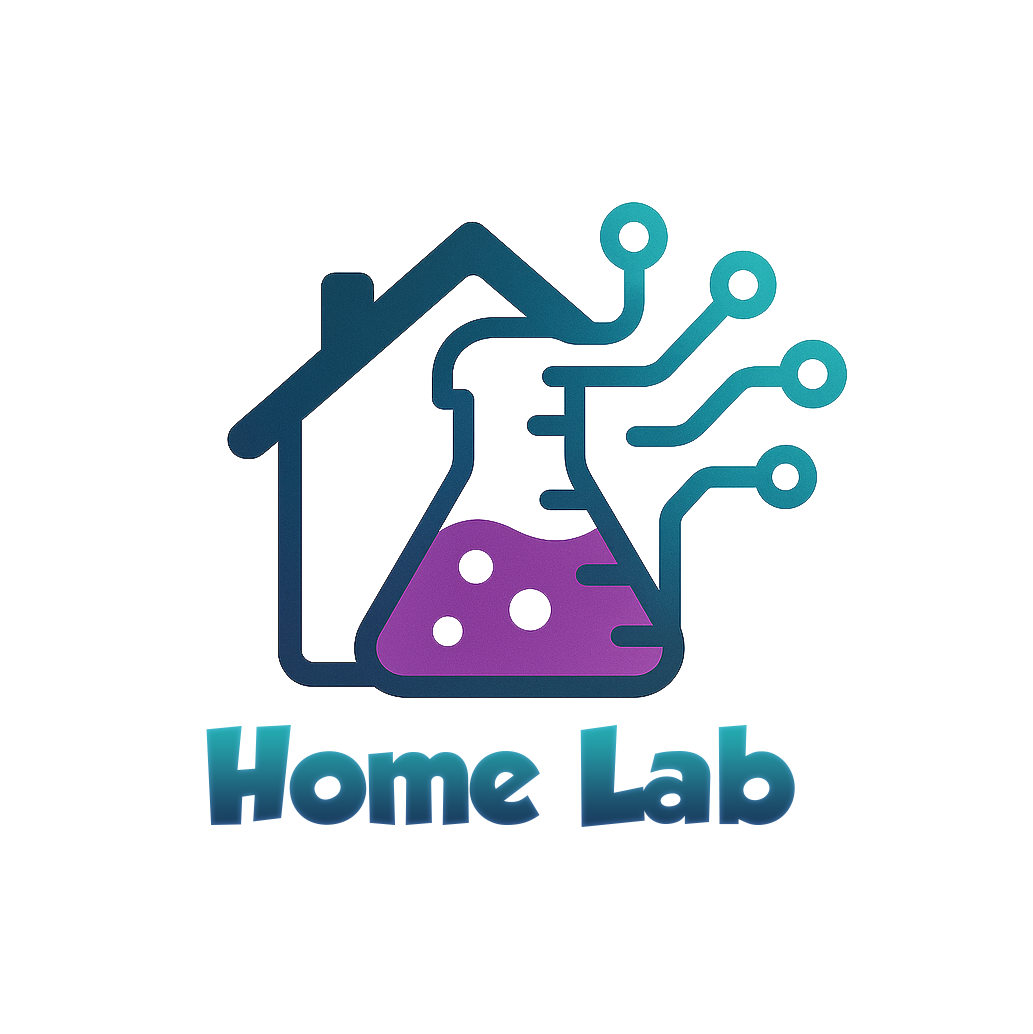Distributed event streaming platform for building real-time data pipelines and streaming applications.
| Official website: | https://kafka.apache.org/ |
|---|---|
| Home Lab: | https://kafka.logu.au |

Introduction:
In the fast-paced realm of data management, where real-time processing is the heartbeat of innovation, Apache Kafka emerges as a beacon of efficiency. Born out of the need for scalable and fault-tolerant event streaming, Kafka has rapidly become the backbone of modern data architectures, transforming the way organizations handle and process their data streams. Understanding Kafka: At its core, Apache Kafka is a distributed event streaming platform that excels in handling large-scale data streams. Originally developed by LinkedIn, Kafka’s architecture is built to provide a reliable, fault-tolerant, and scalable solution for real-time data pipelines.
Key Features:
- Pub-Sub Architecture: Kafka adopts a publish-subscribe (pub-sub) model, allowing producers to send messages to topics, and consumers to subscribe to those topics. This decoupling enables seamless communication between various components of a distributed system.
- Scalability: Kafka’s design allows it to scale horizontally effortlessly. By adding more brokers to a Kafka cluster, organizations can handle increasing data loads, ensuring that the platform grows seamlessly with the evolving demands of data processing.
- Durability and Fault Tolerance: Data durability is a critical aspect of any streaming platform, and Kafka ensures it through its persistent storage of messages. The platform is designed to handle failures gracefully, ensuring data integrity and availability even in the face of hardware or software issues.
- Real-Time Processing: Kafka’s ability to process and transmit data in real-time is a game-changer. This makes it an ideal choice for scenarios where instant data updates and responsiveness are paramount, such as in financial services, IoT, and monitoring applications.
Use Cases:
- Event Sourcing: Kafka shines in scenarios where maintaining a reliable and auditable log of events is crucial. Event sourcing architectures leverage Kafka to capture and store every state-changing event, providing a comprehensive and immutable history of system changes.
- Stream Processing: Kafka’s stream processing capabilities enable organizations to derive real-time insights from data streams. Whether it’s analyzing user behavior, monitoring application performance, or detecting anomalies, Kafka stream processing opens up a world of possibilities.
- Data Integration: Kafka acts as a central hub for data integration, allowing disparate systems to communicate seamlessly. Its role as a data pipeline enables the efficient movement of data between systems, databases, and applications.
Conclusion: In the ever-evolving landscape of data management, Apache Kafka stands tall as a versatile and powerful solution for handling real-time data streams. Its robust architecture, scalability, and ability to process events in real-time make it a preferred choice for organizations seeking to harness the full potential of their data. Kafka’s impact is felt across industries, from enabling real-time analytics to powering event-driven microservices architectures, cementing its position as a linchpin in the era of modern data processing.

